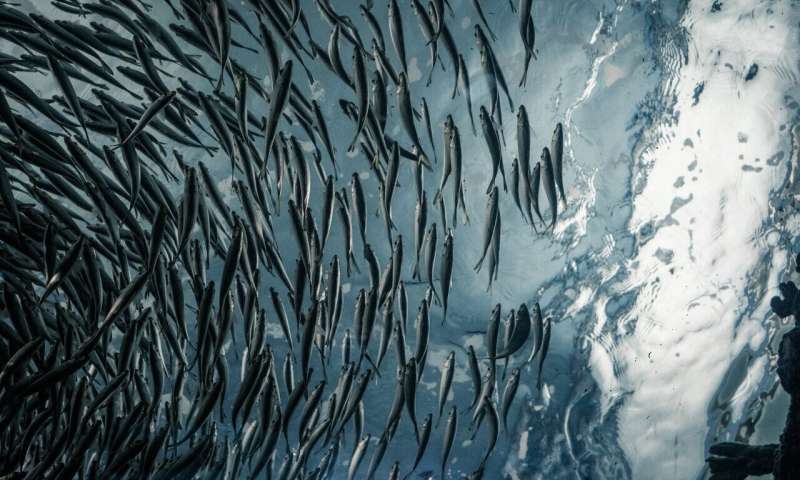Engineered animals show new way to fight mercury pollution

Australian scientists have found an effective new way to clean up methylmercury, one of the world's most dangerous pollutants, which often builds up in our food and environment because of industrial activities such as illegal gold mining and burning coal. The discovery, published in Nature Communications on 12 February 2025, could lead to new ways of engineering animals to protect both wildlife and human health.
The research team from Macquarie University's Applied BioSciences, CSIRO, Macquarie Medical School, and the ARC Center of Excellence in Synthetic Biology, has successfully genetically modified fruit flies and zebrafish to transform methylmercury into a far less harmful gas that disperses in air.
"It still seems like magic to me that we can use synthetic biology to convert the most environmentally harmful form of mercury and evaporate it out of an animal," says synthetic biologist Dr. Kate Tepper from Macquarie University, lead author on the paper.
Methylmercury causes environmental harm due to its high bioavailability and poor excretion: it can easily cross the digestive tract, the blood-brain barrier, and the placenta and becomes increasingly concentrated as it moves up through food webs to levels that can cause harm to neural and reproductive health.
The team modified the DNA of fruit flies and zebrafish by inserting variants of genes from bacteria to make two enzymes that together can convert methylmercury to elemental mercury, which evaporates from the animals as a gas.
"When we tested the modified animals, we found that not only did they have less than half as much mercury in their bodies, but the majority of the mercury was in a much less bioavailable form than methylmercury," says Dr. Tepper.
"The research is still in the early stages, and extensive testing is needed to make sure it's effective and completely safe," says Associate Professor Maselko.
The researchers included safety measures to ensure the modified organisms cannot spread uncontrollably in nature, and they also highlight the need for regulatory control for any real-world use.
More information: Methylmercury demethylation and volatilization by animals expressing microbial enzymes, Nature Communications (2025).
Journal information: Nature Communications
Provided by Macquarie University
This content was originally published on The Macquarie University .


















